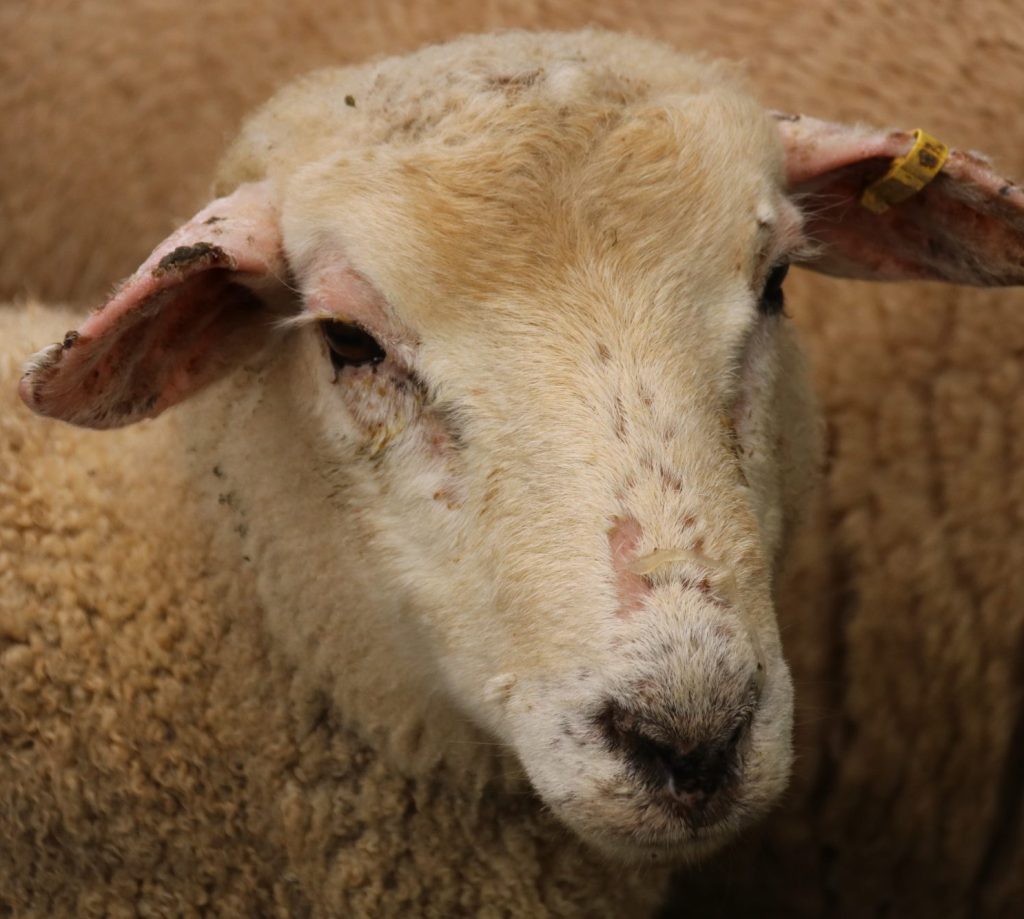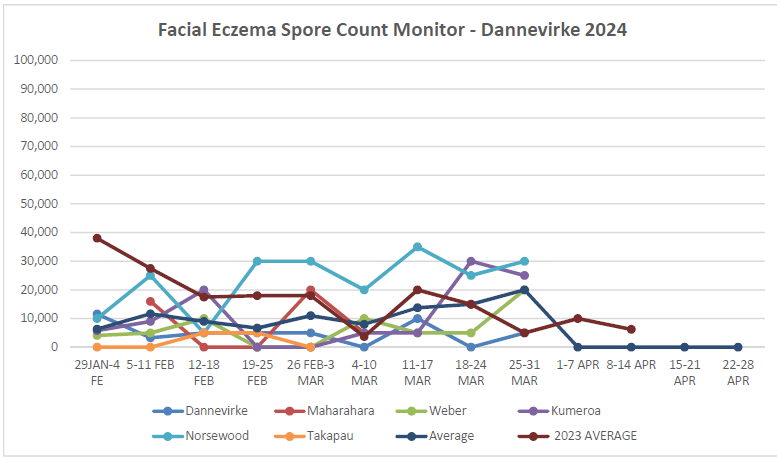
IT’S ESTIMATED FACIAL ECZEMA COSTS THE INDUSTRY AROUND $200M ANNUALLY
WITH ANIMALS SUFFERING FROM LIVER AND SKIN DAMAGE WHICH CONTRIBUTES TO ILL-THRIFT, REDUCED FERTIFILITY, AND REDUCED MILK AND MEAT PRODUCTION.
Prevention with careful planning and implementing a good management plan is the only method to avoid Facial Eczema (FE).
We need to be using zinc treatment 2-3 weeks before the spore growth is in the danger zone for maximum protection.
Being pro-active is key – start spore counting early!




